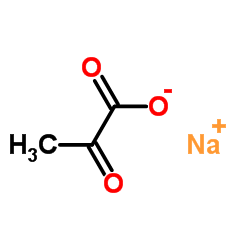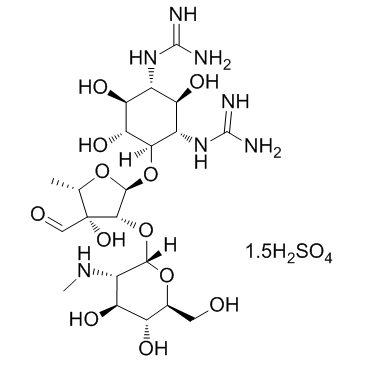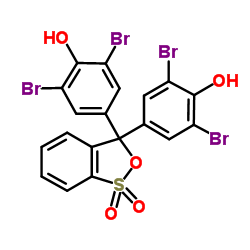| Structure | Name/CAS No. | Articles |
|---|---|---|
 |
Glycerol
CAS:56-81-5 |
|
 |
Sodium 2-oxopropanoate
CAS:113-24-6 |
|
 |
L-Glutamine
CAS:56-85-9 |
|
 |
Steptomycin sulfate
CAS:3810-74-0 |
|
 |
Ethylenediaminetetraacetic acid
CAS:60-00-4 |
|
 |
Bromophenol Blue
CAS:115-39-9 |
|
 |
LY83583
CAS:91300-60-6 |